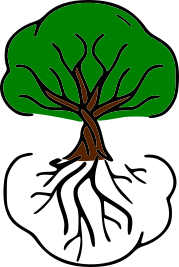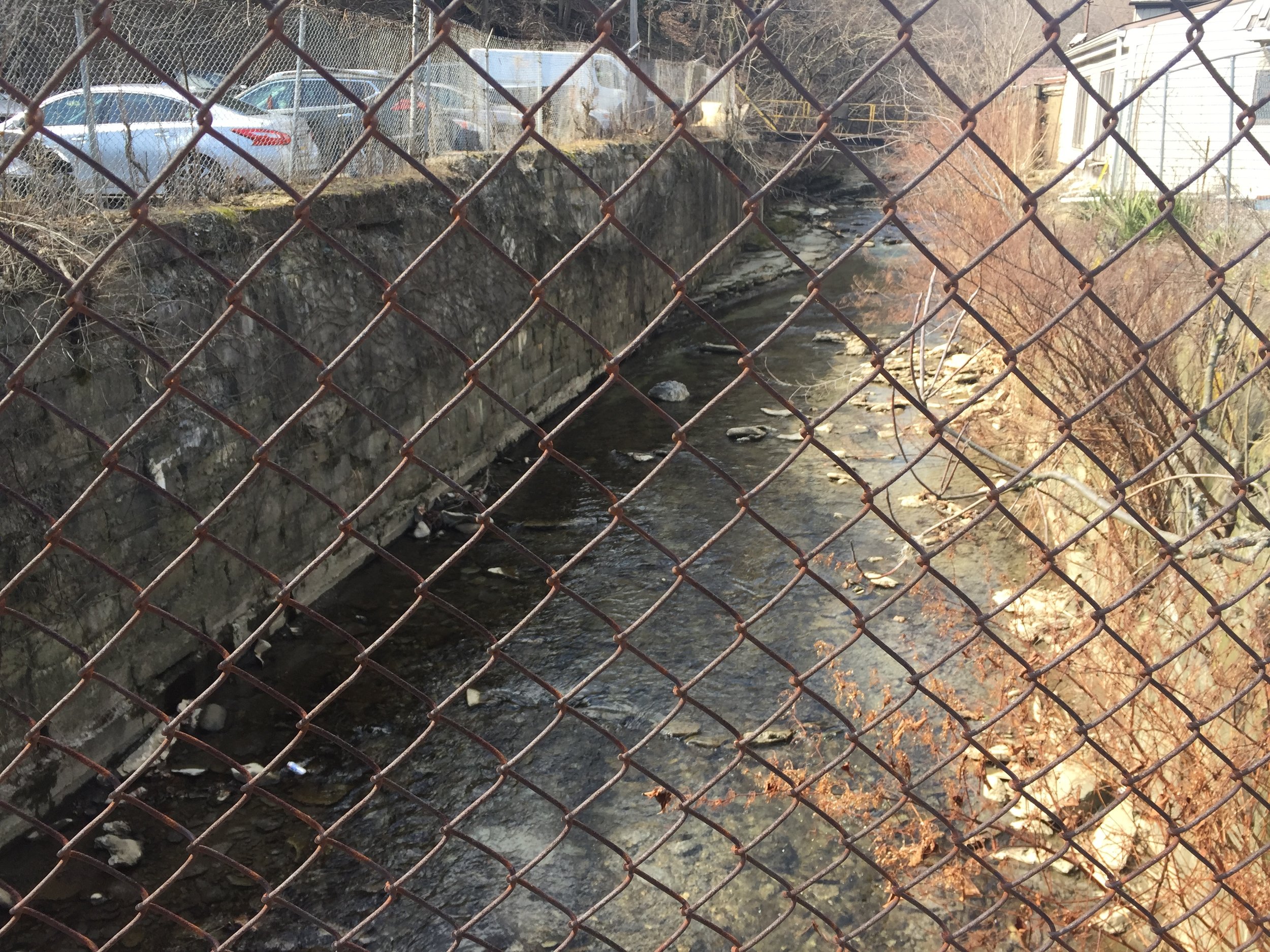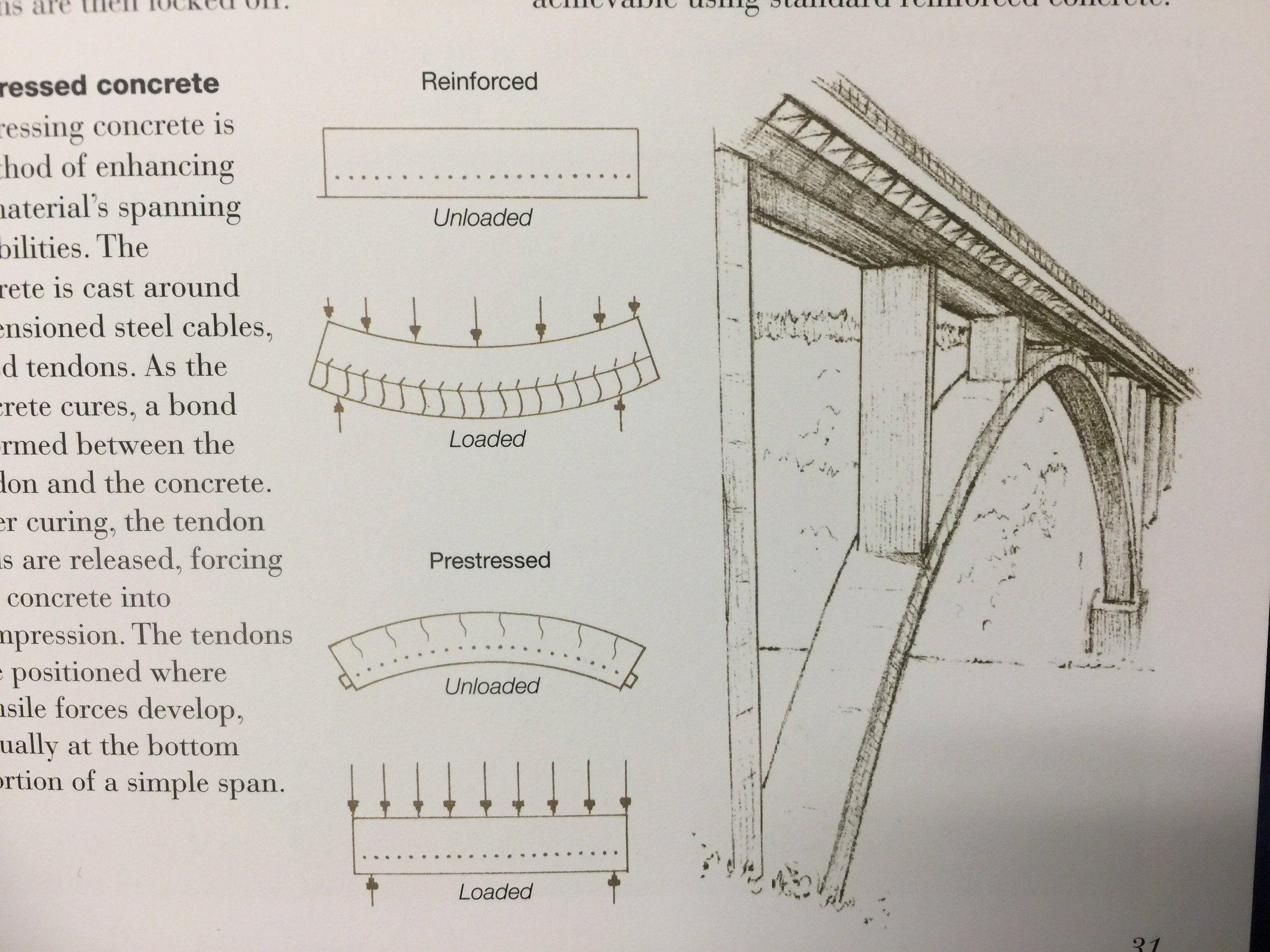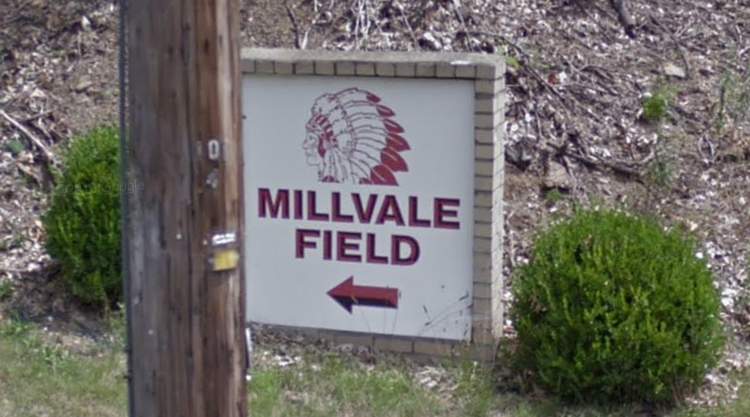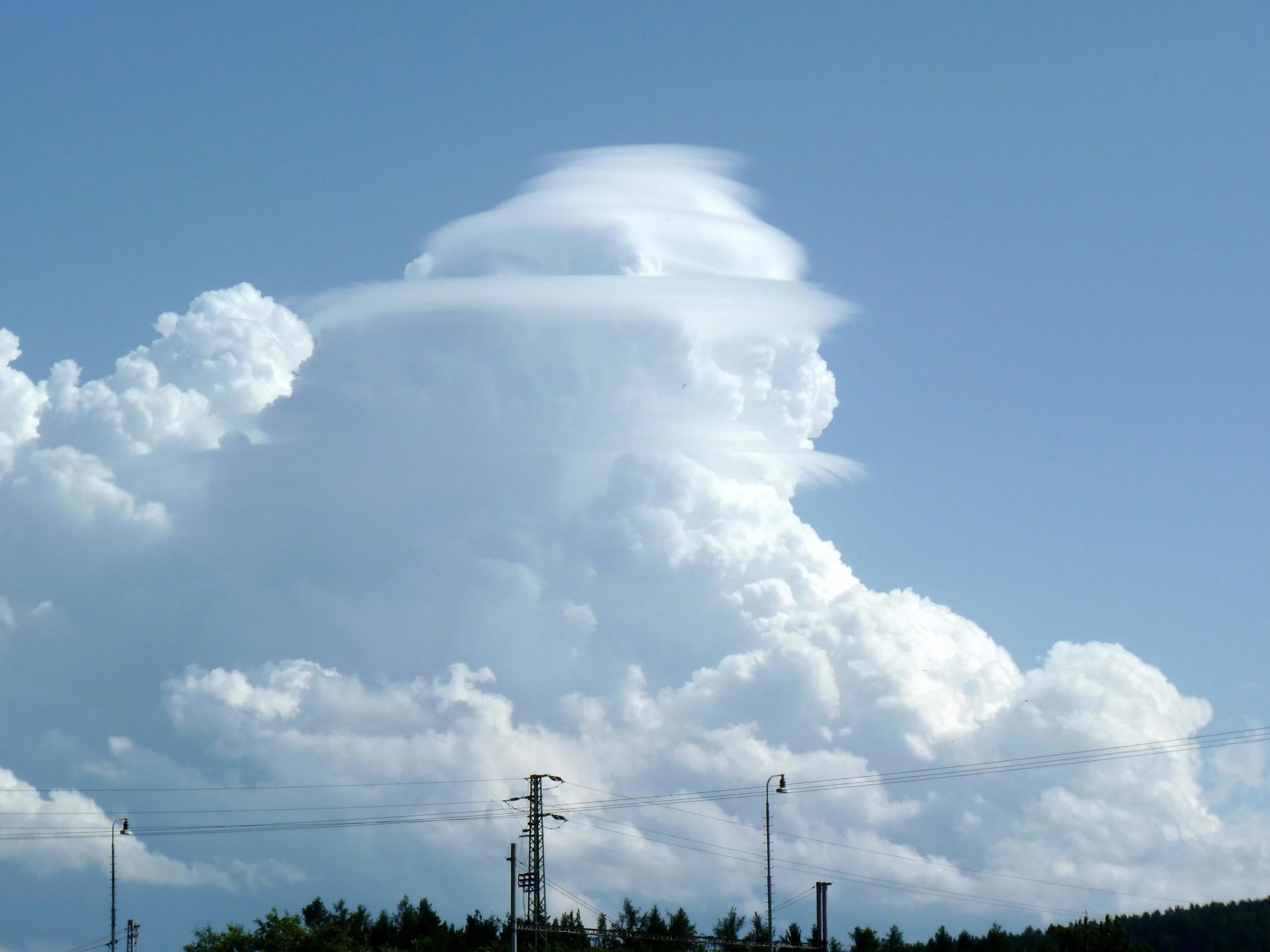When we search other planets for life, we first look for water. There have been movements to rename our planet Ocean since it is mostly covered in it. Agua is used in countless imagery around the world and throughout time. We never think about how much we use it until it is gone.
When I lived in the mountains a few of my peers argued that the three dams on the Skagit should be taken down. "The river is being held hostage." "We must break it of its chains." "Once free it could return to what it once was!" Being from coal country myself, I could never imagine someone thinking hydro-electricity has damaging. It is renewable! But yesterday I tasted just a bit of that feeling when I saw Girty's Run.
